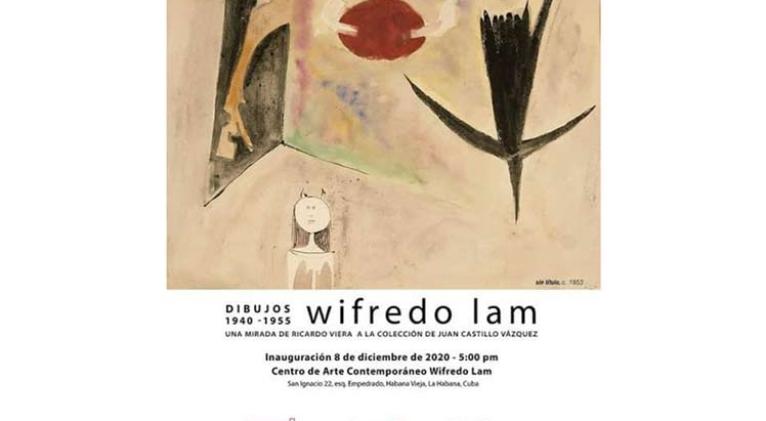Available until February 2021, the exhibit is a selection of paper and cardboard pieces from Juan Castillo Vazquez's collection, grandnephew of the painter, who has devoted more than 20 years to promote Lam's life and work.
Wifredo Lam's Drawings: 1940-1955 is part of the actions devoted to pay tribute to the artist's career, with a selection that represents the most attractive works of the paiter's most fruitful period.
Curated by Ricardo Viera, the exhibit shows Lam's mastering of the techniques and expertise, and also stresses its international character, because the collection has been exhibited in Spain, Germany, Belgium, Italy, Sweden, Romania and together with works from the National Fine Arts Museum of Cuba in Mexico.
The exhibit project was made a reality in 2017, at the Lehigh University Art Galleries Teaching Museum, Bethlehem, Pennsylvania, between Aug.30 and Dec.10, and thus became the first Cuban private collection to be exhibited in the United States after the Triumph of the Revolution.
Lam studied at the Professional School of Painting and Sculpture, San Alejandro Academy, of Havana. Afterwards, he traveled to Europe on a scholarship and was based first in Spain, later in France.
His work, considered unique and an example of the African roots in contemporary art, is exhibited in the most prestigious private and public galleries of the world, and it is subject to repeated specialized studies that still try to unveil its essence.
One of his most emblematic paintings is La Jungla (1943), in which he shows his ability to fuse visions and experiences and incorporates contents and iconographies of the religions of African origin, as well as peculiarities of the Caribbean nation.


Deje un comentario